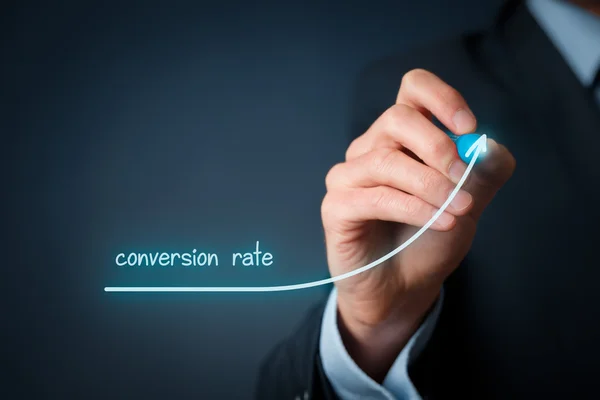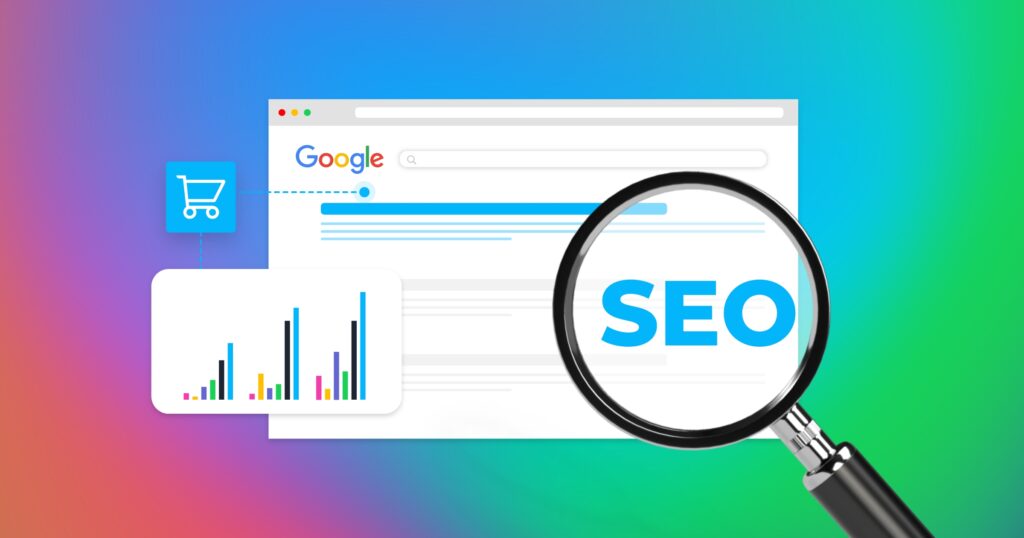Amazon A9 Algorithm: How Amazon SEO Works in 2024
Being the world’s most gigantic eCommerce platform, it holds millions of sellers and products, turning competition among businesses extremely intense. The key to success on Amazon lies in understanding its powerful ranking algorithm known as A9. Optimizing your product listings for A9 hugely boosts the visibility and, hence, sales of your product.

Table of Contents
ToggleUnderstanding Amazon’s A9 Algorithm
The ranking on Amazon is controlled by the A9 algorithm, which determines where any certain product will rank in search results. Similar to Google’s search engine algorithm, the core of A9 is to present users with the most relevant products with regard to their queries. But A9 is different because it focuses more on conversions than relevance; it is hugely centered around sales performance.
While Google’s SEO is mainly based on traffic, Amazon’s algorithm favors the sellers by targeting more towards customer behavior and sales metrics. Since eCommerce keeps on evolving with each passing day, A9 has kept itself updated in order to provide the best user experience by ranking the products that are likely to be purchased.
Main Factors of Amazon A9 Algorithm in 2024
In 2024 also, Amazon A9 places heavy reliance on these core factors:
Sales Velocity

The most crucial ranking factor for A9, however, is sales velocity. Sales velocity is the sale of a product over time. If the sales velocity of your product is high, then Amazon will know that your product is popular, thus giving it higher rankings.
Data insight: A study by Sellics reports that a product having at least a 40% sales boost will greatly increase the chances of its improved visibility in search results on Amazon .
Product Title Optimization

Your product title is one of the first things that any customer sees. To rank well, you need a title that is clear and concise yet contains a number of high-performing keywords. Amazon recommends structuring titles to include brand names, product types, and critical features.
Tip: Refrain from keyword stuffing in your title, as this can damage your rankings.
Backend Search Terms

Search terms for the backend, that are unseen by the customer, while very important to help A9 understand what your product is. Here, you should be focusing on secondary keywords, not targeted in your product title or description.
Conversion Rate

Amazon takes into consideration how well your product converts versus other similar listings. That is to say, the more relevant and trustworthy a product is, the higher it will rank in the search results once customers actually click on a product and are making a purchase.
Stat: It is quite common for well-optimized Amazon listings to have conversion rates between 12% and 15% .
Customer Reviews and Ratings

That is where the quality and quantity of customer reviews become critical both for customers and the A9 algorithm: products with higher ratings and a greater number of reviews are more trustworthy and gain a ranking boost.
Fact: Products with over 100 reviews, maintaining an average rating of 4.5 or more, are likely to see a 30% increase in search ranking .
Fulfillment Method (FBA vs. FBM)

Amazon’s A9 usually has a soft spot for the products of FBA. The reason is that via FBA, the products can enjoy Prime shipping, which increases customer satisfaction. This then brings about better reviews, leading to a better conversion rate.
Data Insight: FBA products could have a 10-20% higher conversion rate than FBM products .
Pricing Competitiveness

Price is another critical component of Amazon’s ranking system. Amazon is going to surface competitively priced products higher since they are going to be the ones most likely to yield a sale.
Product Images

Use clear, high-resolution images with a number of angles and views of your products. A well-optimized image can help more conversions, which in turn, improves rankings. Make sure that your images will follow Amazon’s strict guidelines so that your brand will not get into penalty.
Amazon PPC Advertising

It is worth noting that Amazon’s PPC will help you increase your visibility for certain keywords, but since it’s a paid option, many sellers use Amazon PPC campaigns to help attain a better organic search ranking with increased sales velocity.
What Factors Does Amazon’s Algorithm Look for?
Amazon’s A9 algorithm looks for two broad categories of factors:
Performance Factors:
- Sales Velocity: The faster your product sells, the better it ranks.
- Conversion Rate: Better conversion rates essentially signal that the product is relevant.
- Reviews & Ratings: Good reviews lead to an improvement in ranks.
- Product Pricing: Competitively priced products rank better.
Relevance Factors:
- Product Title & Keywords: Proper optimization in titles & backend keywords ensures the product relevance for a search query.
- Bullet Points & Descriptions: These should hold primary and secondary keywords that explain the product in detail.
- Images: High-quality, relevant images with an Amazon requirement enhance user experience and relevance.
What is Amazon A10 Algorithm & Does it Really Exist?
Yet, much has been said about the existence of algorithm A10. Some say experts claim that Amazon has brought large changes in the algorithm that it would be good if the algorithm was referred to as “A10.” Nonetheless, no confirmation from Amazon says that it has replaced A9 with A10. It simply seems that Amazon has made some updates in A9 and has worked better for product ranking.
If A10 is, in fact a real thing, then it would seem to rely more on outside traffic sources and user engagement metrics.

Here’s what the rumored A10 algorithm cares about :
1.External Traffic Sources
A10 may give preference to products that drive traffic from outside sources, like social media, email marketing, and influencer campaigns. Amazon benefits when a seller drives traffic onto the platform from an external source, and therefore, gives those products a much higher ranking.
2.Brand Building & User Engagement
If the A10 algorithm is anything to go by, it probably gives more emphasis to brand building and user engagement. Vendors that invest in consistency of brand and interaction with their customers would thus have a reason to expect improved rankings.
3.Amazon PPC Campaigns
With A10, the dependence on Amazon PPC is not critical as it happens to be in A9. So-to-speak, the A10 algorithm gives more preference to organic sales and outside traffic, which does not depend too much on paid promotions.
Even though there is no official recognition of the existence of an A10 algorithm, all these updates underline the changing focus of Amazon towards holistic strategies from the side of sellers and enhancement of user experience.
Conclusion
Understanding Amazon’s A9 algorithm-or maybe the newly released A10-will be important in optimizing your Amazon SEO strategy for 2024. You can really drive home rankings for your product by focusing on performance metrics, such as sales velocity and conversions, while also factoring in relevance aspects like keyword optimization and high-quality images. Keeping tabs on possible updates to the algorithm means you won’t get left behind in this ever-changing landscape of eCommerce.
References
- Sellics. (2024). [Data on Sales Boost and Amazon Rankings].
- ConversionXL. (2024). [Amazon Conversion Rates and Optimization].
- JungleScout. (2024). [Review Impact on Amazon Rankings].
- AMZ Advisers. (2024). [Impact of FBA on Amazon Conversion Rates].
Read more blogs about Amazon SEO:
About Us
Choose Bloom for Your Amazon SEO Services
At Bloom Digital Marketing Agency, our expertise lies in turning your Amazon store into a top-performing sales powerhouse. As leading Amazon SEO experts, we offer services tailored to enhance your product visibility, attract organic traffic, and drive conversions. Our strategies are crafted to ensure your brand shines brightly amidst the competition in the bustling Amazon marketplace.








Rahul M.
B2B Service Provider